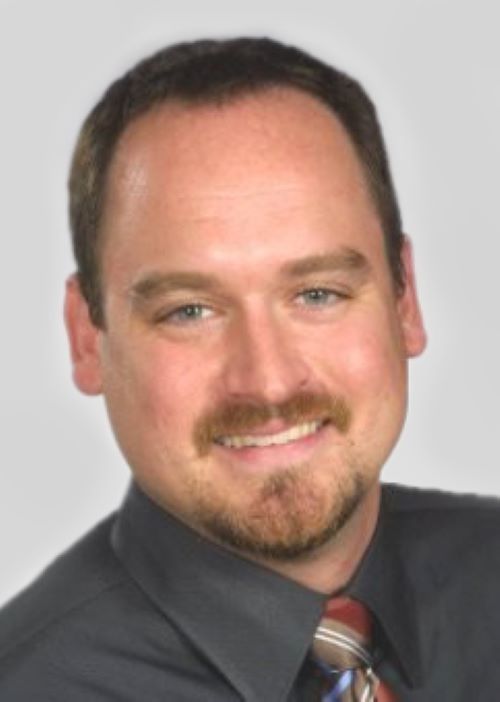
Senior living operators today need to stay focused on the future and not get completely bogged down in the present.
Whether it’s the COVID-19 pandemic challenges, payment or reimbursement shortfalls, regulation changes, or simply changes in consumer demands, there always are ground-level challenges that may cause us to lose sight of protecting our future to serve the senior populations and the most vulnerable segments among us. Leaders must keep their focus on the long-term; robust planning is paramount during times of stress and turmoil.
The case for senior living communities, services and care is clear as growth in our oldest populations support the need for housing and service options for the foreseeable future. Maybe, as with many technologies and products, what we think we know today about what older adults want from us will be obsolete tomorrow.
To ensure that your future is in your hands, it is crucial to possess a data-driven, thoughtful and flexible strategic plan that is driven by leadership in your organization — a plan clearly focused on positioning your organization to meet the growing needs of the senior population.
So how do we justify not spending time and resources on planning for the future when we know it is so uncertain? The excuses are vast and varied:
- “COVID-19 pandemic response is all we can handle right now.”
- “We cannot possibly know what the next generation of seniors will demand.”
- “Now is not the time to spend capital on improvements to physical plant and facilities.”
- “We don’t even know where to deploy resources.”
- “We have enough issues with day-to-day operations, so how can we spend time to establish long-range goals?”
- “Strategic plans become dust collectors, and no one is held accountable anyway.”
One could argue that organizations that were persistent with planning for the future and fostered a culture of change with leadership were in a better position to capitalize on opportunities during this tumultuous period and, therefore, were in a much better financial position to meet financial goals in 2020.
Leaders who understand the importance of long-range planning and establishing goals that align with your mission, vision and values can ensure that day-to-day operational initiatives will focus in the same direction and drive success.
Know your core competencies
High-performing leaders and organizations know what they do well and will avoid deviating too far from their core competencies. Are you the best senior living community in the market, with the highest customer satisfaction scores? Do you have highly trained staff members providing high-quality specialty care, such as advanced memory loss and dementia care? Are you providing niche services that no one else can? Are your staff members in a position to take on new initiatives because you have cultivated the proper culture?
Leveraging what you do well, or better than others, will allow you to create and implement, which is key for new services, new programs and, as a result, new revenues. Establishing what you do well, and focusing strategies on those competencies, will ensure that you are expending time and resources on goals that will create success with the least amount of effort and resistance to change in your organization.
Take an honest assessment of the status quo
Fully understanding your current situation — the status quo — is critical to properly planning for the future. Assess and inventory your current status. Evaluate and determine how you compare with modern communities in your market and elsewhere. Is your dining experience a place you would bring your own family on a Friday night? Have you evaluated the community perception of your buildings and know for certain how they rate? Do you offer the most desirable living environments for care? Does your market value privacy over costs?
Your people, services, physical plant attributes and amenities drive occupancy; occupancy drives revenue and profitability; and profitability allows you to move forward with your long-range plans. Dig deep into your organization’s culture, beyond the surface, to truly and honestly reflect on your core competencies before you decide what you want to do tomorrow.
Focus on your market
Many times, when we start talking about market trends, we get caught up in a macro-scale assessment of our options. Most of the demand for your services likely is from people living within a 30-minute drive of your front door. In other words, your market area is finite; therefore, your plan should focus on serving the market you are in.
Understand the demographics of your market area and how the trends translate into future demand for services. Market analyses and demand assessments should be completed early in the process to interpret the data in terms of what you can do — not what you wish you could do. Wishful thinking will take your organization down a rabbit hole. Evaluate what is possible based on the reality of your current situation. Do not get distracted by grandiose solutions that are not realistic for your situation.
Think continuum of care
All markets can support a multifaceted senior living operation. In fact, even the smallest markets can support some scale of continuum of care for senior services.
You might not have a large enough market to support hundreds of independent living housing units, but it is likely that it can support a small unit. All too often, we tell ourselves, “Our market will never support those initiatives” or “We don’t have the necessary resources to develop that program and/or revenue source.” Your market dictates what is needed and how many beds/units/volumes are practical and sustainable. Creating a place where older adults with needs for all levels of care want to be will enable you to capture market share, compete effectively and create operational efficiencies.
Plan over multiple time horizons
Your strategic plan will have a multi-period time horizon: immediate term (next 12 months), intermediate term (next two to threw years) and long-term (more than three years). Although our organizational vision should be long term, our strategic plan should address these three time periods at most.
It is important to acknowledge that there are immediate issues, such as a pandemic, to which management and staff are devoting extensive time and resources. Leadership will need to be realistic with implementation timeframe expectations.
In summary
Take the time you need to work with your staff or board of directors to develop a plan that leads you to where the future is heading. Now is the time for long-range planning, because tomorrow will come, whether or not we are ready for it.
Mike Edwin is vice president, consulting services, Health Dimensions Group.


